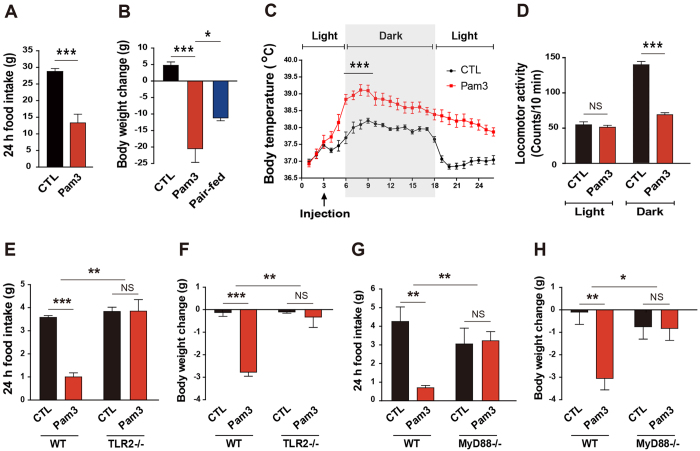Figure 1. Centrally activated TLR2 leads to sickness responses.
(A,B) Changes in food intake (A) and body weight (B) were measured in rats for 24 h after icv injection of vehicle (CTL) or Pam3CSK4 (Pam3). The pair-fed group was provided with the average amount of food consumed by Pam3-injected rats for 24 h (n = 6–8 rats/group; *P < 0.05, ***P < 0.0001 by unpaired two-tailed Student’s t-tests). (C,D) Body temperature (C) and locomotor activity (D) were monitored in rats that were treated icv with vehicle or Pam3 using the Vital View system (n = 6–8 rats/group; *P < 0.05, ***P < 0.0001 by unpaired two-tailed Student’s t-tests; NS, not significant). (E,F) Food intake (E) and body weight (F) were determined in TLR2 KO mice for 24 h after icv injection of vehicle or Pam3 (n = 3–4 mice/group, **P < 0.01, ***P < 0.001 by two-way ANOVA; NS, not significant). (G,H) Food intake (G) and body weight (H) were measured in MyD88 KO mice for 24 h after icv injection of vehicle or Pam3 (n = 3–5 mice/group; *P < 0.05, **P < 0.01, ***P < 0.001 by two-way ANOVA; NS, not significant). (A–D) Data from rat models. All data are presented as mean ± s.e.m.

